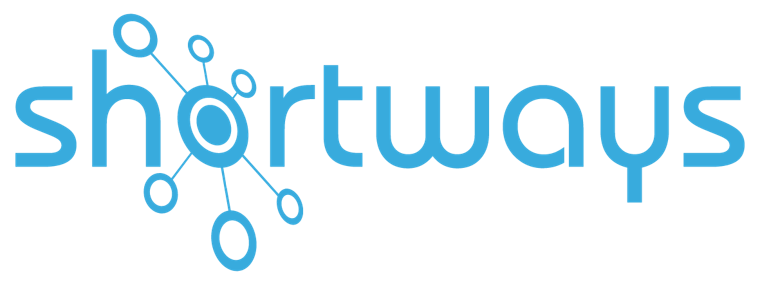In the digital transformation of procurement functions, the implementation or redesign of an ERP system is often seen as a strategic opportunity: process automation, traceability of commitments, data security… But one central player is sometimes underestimated: the supplier.
Whether it’s order entry, receipt, invoicing or spend management, the quality of the supplier relationship and its integration into ERP flows are key structural elements. As digital projects evolve towards greater integration and transparency, the supplier’s role becomes decisive.
1. The efficiency of the process depends on the quality of supplier data
Every procurement process begins with supplier data: their ID, address, invoicing details, bank information, account manager… All of this feeds directly into the key ERP stages: order, receipt, payment.
Incorrect or incomplete data can have immediate consequences: delivery errors, invoice rejection, etc. These are not just technical problems; they have a direct impact on the day-to-day work of procurement, accounting, and logistics teams.
From this perspective, the supplier is not a passive third party: they are an active source of data. The more they are integrated into the digital system, the better the quality of ERP flows.
💡 Tip: Set up a formal process for validating and regularly updating supplier records to ensure the reliability of your database over time.
2. Operational partners at the heart of the value chain
Once seen as mere service providers, suppliers are now considered business partners involved in critical areas of activity: innovation, logistics, technical services, R&D projects… Within an ERP framework, their role is not limited to “responding to an order”, but includes interacting with the company’s information system.
Responding via a supplier portal, entering an order confirmation, sending an acknowledgment of receipt or submitting an e-invoice: all of these actions make suppliers direct actors in the ERP chain. Their level of engagement determines the fluidity of the processes and the overall performance of the system.
💡 Tip: Hold regular coordination meetings with your strategic suppliers to involve them in the evolution of digital processes and gather their feedback.
3. A direct lever for flow automation
The goal of procurement digitalisation via ERP is often automation: generating orders from contracts, automatic validation, 3-way matching, invoice integration without re-entry… But such automation can only work if the upstream data is reliable and aligned.
This means that suppliers must use the correct formats, comply with defined standards, and follow the expected processes. A small discrepancy (wrong product reference, mismatched address, pricing error) can block the entire flow.
In other words, ERP automation cannot exist without structured collaboration with suppliers, because their digital behaviour determines operational fluidity.
💡 Tip: Provide your suppliers with a clear guide to the expected formats and include a test phase before fully integrating them into your automated flows.
4. Supplier experience, a driver of system adoption
ERP projects often invest heavily in the internal user experience. But supplier experience is often the missing link. If the portal is complex, unclear, or poorly explained, suppliers won’t use it, or won’t use it correctly. This leads to errors, duplicates, or a return to communication outside the system.
Supplier adoption of the tool depends on several factors: interface clarity, clear expectations, simplicity of tasks. They are occasional users, often with little training, but their engagement is crucial.
Let’s not forget that a supplier may have as many portals to navigate as clients they serve — and sometimes even more for each stage of the process: one portal for orders, another for invoicing, a third for contracts, sometimes even one for regulatory compliance…
An effective procurement ERP is not just a well-configured internal tool; it is also a clear and accessible environment for external partners.
💡 Tip: Test your ERP portals or forms with a representative sample of suppliers before any global rollout.
5. Digital collaboration, a condition for sustainable performance
As companies strengthen their digital maturity, the supplier relationship becomes increasingly integrated: electronic orders, e-invoicing, automated document exchanges, real-time data updates…
In this model, suppliers are no longer on the periphery of the information system. They become an extension of it. Their ability to interact, align and collaborate within a digital framework determines the efficiency, responsiveness and reliability of procurement processes.
This is why, in any ERP or procurement digital transformation, suppliers must be seen as strategic players, just like internal teams.
💡 Tip: Integrate supplier relationship management into ERP governance to monitor partner engagement and adjust digital collaboration practices.
Conclusion
The success of a procurement ERP project is not only about good configuration or solid internal organisation. It also depends on the company’s ability to integrate its suppliers into its digital logic.
Data quality, process compliance, smooth communication, portal usage, these are all levers that require close, structured and lasting collaboration with external partners.
In a world where procurement performance is also that of the ecosystem, the supplier becomes a key actor in digitalisation. Ignoring them in ERP projects means limiting their impact and effectiveness.
👉 To go further on this topic, discover the 5 obstacles to supplier engagement in digital transformation





